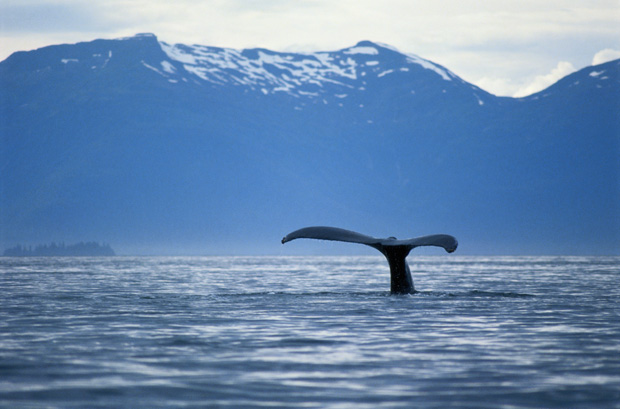Written by Emily Tripp
I recently received an interesting question on Twitter that required a lot more than 140 characters to answer.
Question:
Which world oceans have the most / least marine life?
Short Answer:
It’s complicated because there really are no concrete borders between oceans. But if we had to pick, it would probably be the Pacific because it’s the largest and contains the most coral reefs.
Long Answer:
It’s easier to determine where the most life is by separating the oceans into different zones. The pelagic zone contains everything except for the coast and the sea floor and is divided into five parts. The Epipelagic zone extends from the surface to 200m down. It receives plenty of sunlight and therefore contains the most biodiversity in the ocean. Next comes the mesopelagic zone which extends from 200m to 1,000m. It is also called the twilight zone because of the limited light that can filter through these waters. It is too dark for photosynthesis so life in this area is limited. The bathypelagic zone extends from 1,000m to 4,000m and receives no sunlight at all. Sperm whales can reach this zone in search of food! The only light here comes from some organisms that can produce their own light. The abyssopelagic (or abyssal) zone continues to 6,000m where very few creatures can be found due to the lack of light and near freezing temperatures. The deepest a fish was ever found was here in the abyss at 8,372m down! Finally, the hadalpelagic zone extends from 6,000m to the very deepest parts of the ocean in deep trenches and canyons. Some starfish, tube worms and other invertebrates can be found way down here.



